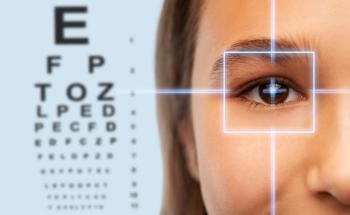
Caution needed for full correction in low astigmatism
Caution should be used when considering full astigmatic correction for manifest cylinder of 0.5 D or less in myopic patients, according to the latest investigation in the Journal of Cataract and Refractive Surgery.
Caution should be used when considering full astigmatic correction for manifest cylinder of 0.5 D or less in myopic patients, according to the latest investigation in the Journal of Cataract and Refractive Surgery.
The retrospective cross-sectional data analysis, headed by Dr Andreas Frings, Department of Ophthalmology, University Medical Centre Hamburg-Eppendorf, Hamburg, Germany, enrolled 448 eyes of 448 myopic patients with low astigmatism of 0.75 D or less.
The preoperative and postoperative outcome measures were manifest refraction spherical equivalent (MRSE), uncorrected distance visual acuity (UDVA) and corrected distance visual acuity. Astigmatic changes were recorded using the Alpins vector analysis.
Four months postoperatively the mean UDVA was 0.10 ± 0.13 logMAR and the mean MRSE was −0.05 ± 0.68 D. The preoperative groups demonstrated no significant differences in efficacy or safety.
The correction index, the magnitude of error, the index of success and the flattening index suggested astigmatic overcorrection for a preoperative cylinder of 0.25 D and 0.50 D.
To read the abstract please click
Newsletter
Get the essential updates shaping the future of pharma manufacturing and compliance—subscribe today to Pharmaceutical Technology and never miss a breakthrough.












































